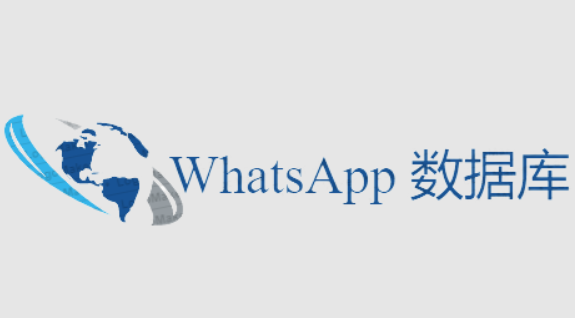Maybe you’ve realized it, maybe you haven’t. What was once a world of diversity and originality has slowly started to look like a bad case of déjà vu. I’m referring to the copy-cat culture that social platforms have created. They are rapidly becoming more similar to each other as each day passes.
In a world of uniformity, how can your brand stand out and remain inventive? Well to fully understand that, we first have to identify how the platforms are changing to meet consumer’s needs and the driving forces behind the change.
The above chart from miriam j johnson shows the timeline of social media from 1978 to 2015. As you can see, there has been quite a lot of innovation since 2003 with many of the platforms we know and love emerging between then and 2011. When most of the platforms we commonly use today came out, they were vastly different than one another. The differentiation gave users a reason to join the platform or download the app to see what the hype was about. Let’s take a look at the main selling feature(s) at their start for some of the most used platforms in 2017.
When facebook was opened up from educational institutions only
To anyone with a registered email address, the main purpose was to connect users to their friends and families as more of a search directory service. If you wanted to see what someone was up to, you had to visit their profile. In fact, the newsfeed wasn’t even introduced until 2006, when people subsequently lost their minds over the change. The site buying phone numbers continued to be a way to stay connected with people by writing on their walls or by sharing updates of your own with photos and text posts. Throwback to the great “is” statuses that inspired us all to share our daily activities. I shouldn’t have even been allowed around a keyboard at 13.
Originally designed as an sms mobile phone-based platform, twitter. Users were able to communicate with one another. Through 140 character tweets. Since the platform was first designed for sms use, there was no photo. Or media sharing like the mobile application offers today. Though labeled as a social network, twitter is more defined by. The ability to share thoughts and information with the world. The cmo, leslie berland, put it well earlier this year when she described. Twitter by saying “twitter shows me what’s happening in the world”. “twitter. Shows me what’s up. Twitter keeps me on the pulse. Twitter keeps me informed. This is why people love twitter.” as an example. Of platforms changing constantly, as I was writing this blog, twitter announced. That some accounts are going to be able to now tweet 280 characters.
Launched in 2010 instagram served a single purpose when it first hit the app store
And that was to share photos. The app India Lead became wildly popular with 1 million users just months after launch. The app was different than facebook and twitter by really letting users focus on using their creativity to share unique and crafty photos, without the bogging down of so many additional features. Instagram has since been acquired by social media giant facebook in april of 2012, less than two years after it first hit the app store. I think we can all agree that the current app looks way better.








